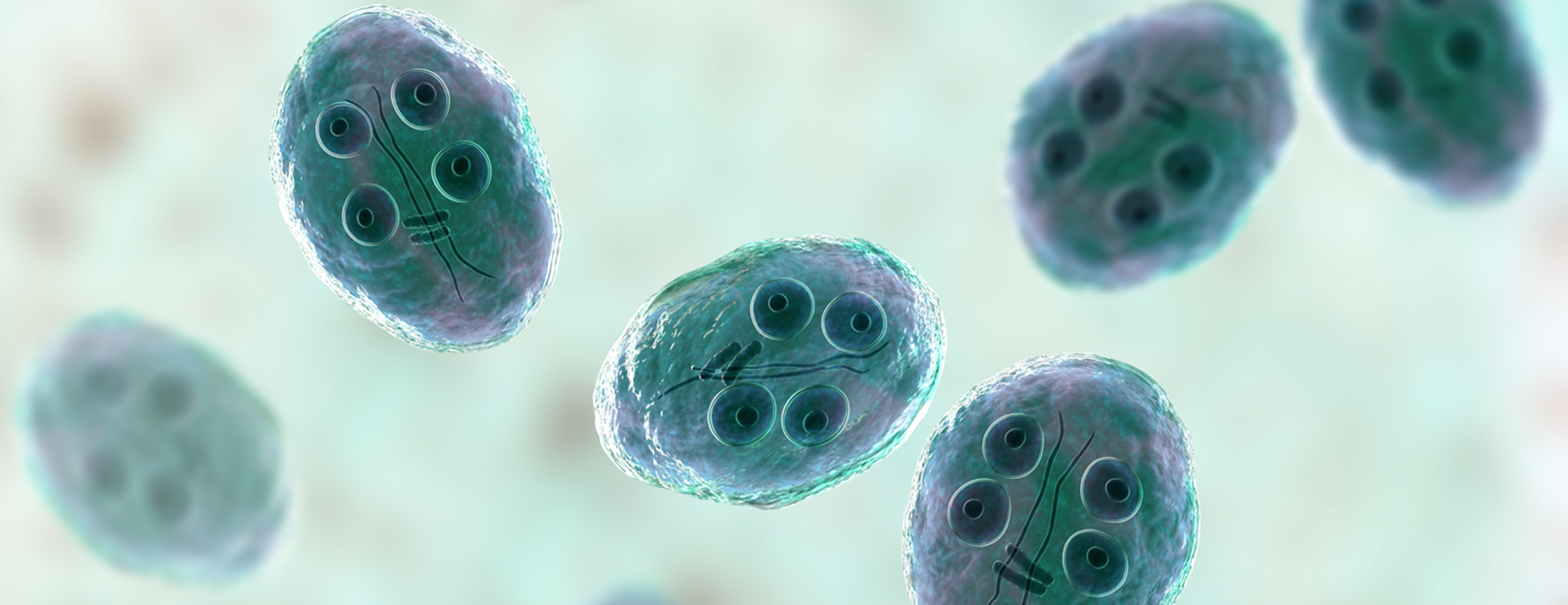
String test
Definition
A string test involves swallowing a string to obtain a sample from the upper part of the small intestine. The sample is then tested to look for intestinal parasites.
Alternative Names
Duodenal parasites test; Giardia - string test
How the Test is Performed
To have this test, you swallow a string with a weighted gelatin capsule on the end. The string is pulled out 4 hours later. Any
How to Prepare for the Test
You may be asked not to eat or drink anything for 12 hours before the test.
How the Test will Feel
You may find it hard to swallow the string. You may have an urge to vomit when the string is being removed.
Why the Test is Performed
The test is performed when your health care provider suspects that you have a parasite infection. Usually a stool sample is tested first. A string test is done if the stool sample is negative.
Normal Results
No blood, parasites, fungi, or abnormal cells is normal.
Normal value ranges may vary slightly among different laboratories. Talk to your provider about the meaning of your test results.
What Abnormal Results Mean
Abnormal results may be a sign parasite infection such as
Considerations
Treatment with certain drugs can affect the test results.
References
Haines CF, Sears CL. Infectious enteritis and proctocolitis. In: Feldman M, Friedman LS, Brandt LJ, eds. Sleisenger and Fordtran's Gastrointestinal and Liver Disease. 10th ed. Philadelphia, PA: Elsevier Saunders; 2016:chap 110.
Hall GS, Woods GL. Medical bacteriology. In: McPherson RA, Pincus MR, eds. Henry's Clinical Diagnosis and Management by Laboratory Methods. 23rd ed. Philadelphia, PA: Elsevier; 2017:chap 58.
Hill DR, Nash TE. Giardia lamblia. In: Bennett JE, Dolin R, Blaser MJ, eds. Mandell, Douglas, and Bennett's Principles and Practice of Infectious Diseases, Updated Edition. 8th ed. Philadelphia, PA: Elsevier Saunders; 2015:chap 281.
Siddiqi HA, Salwen MJ, Shaikh MF. Laboratory diagnosis of gastrointestinal and pancreatic disorders. In: McPherson RA, Pincus MR, eds. Henry's Clinical Diagnosis and Management by Laboratory Methods. 23rd ed. Philadelphia, PA: Elsevier; 2017:chap 22.
Review Date: 04/11/2018
The information provided herein should not be used during any medical emergency or for the diagnosis or treatment of any medical condition. A licensed physician should be consulted for diagnosis and treatment of any and all medical conditions. Call 911 for all medical emergencies. Links to other sites are provided for information only -- they do not constitute endorsements of those other sites. Copyright ©2019 A.D.A.M., Inc., as modified by University of California San Francisco. Any duplication or distribution of the information contained herein is strictly prohibited.
Information developed by A.D.A.M., Inc. regarding tests and test results may not directly correspond with information provided by UCSF Health. Please discuss with your doctor any questions or concerns you may have.





